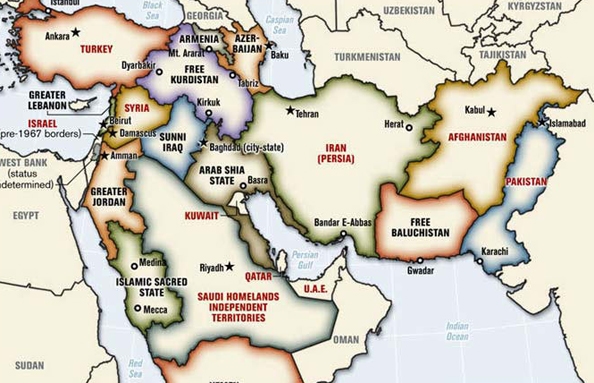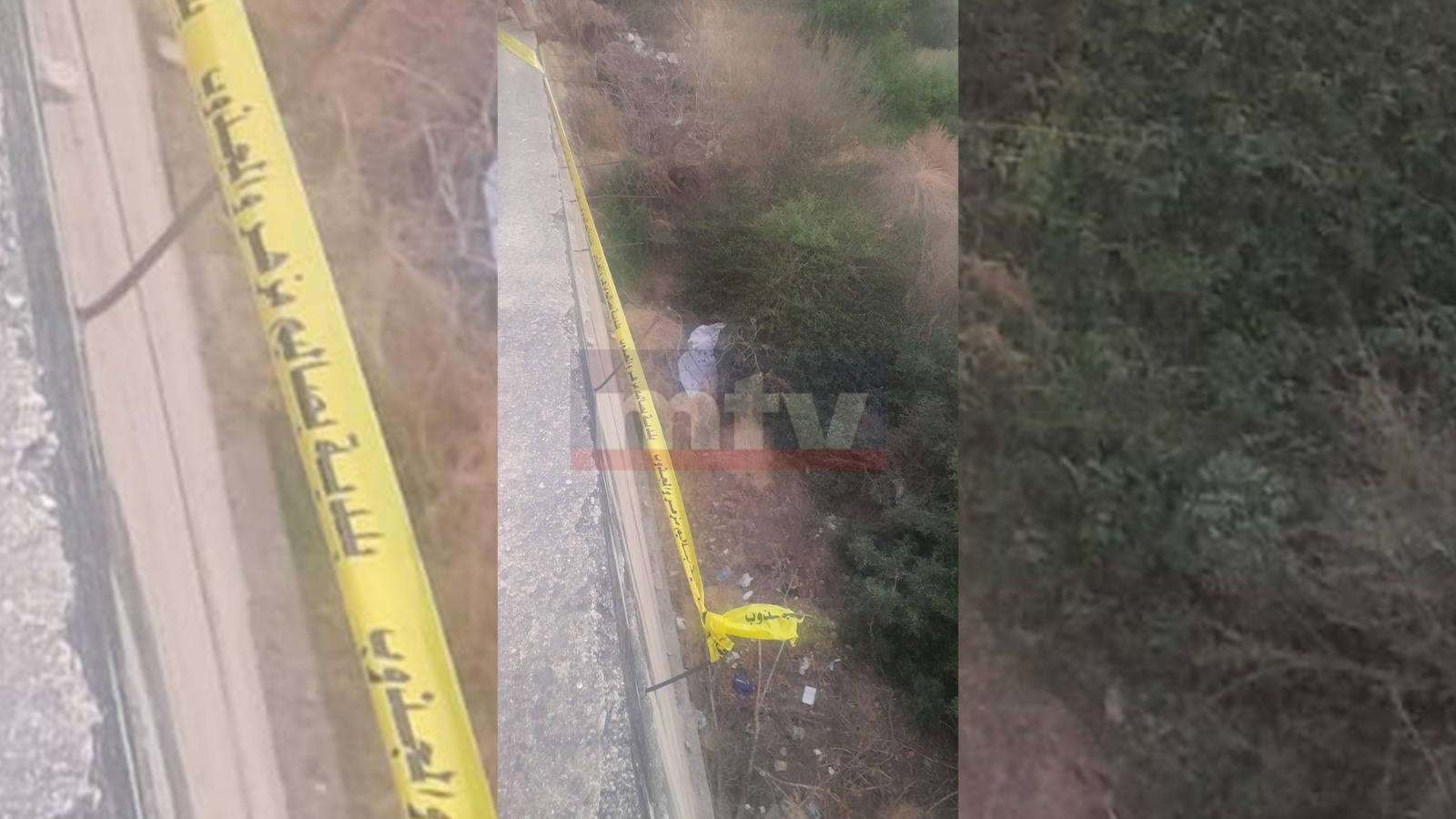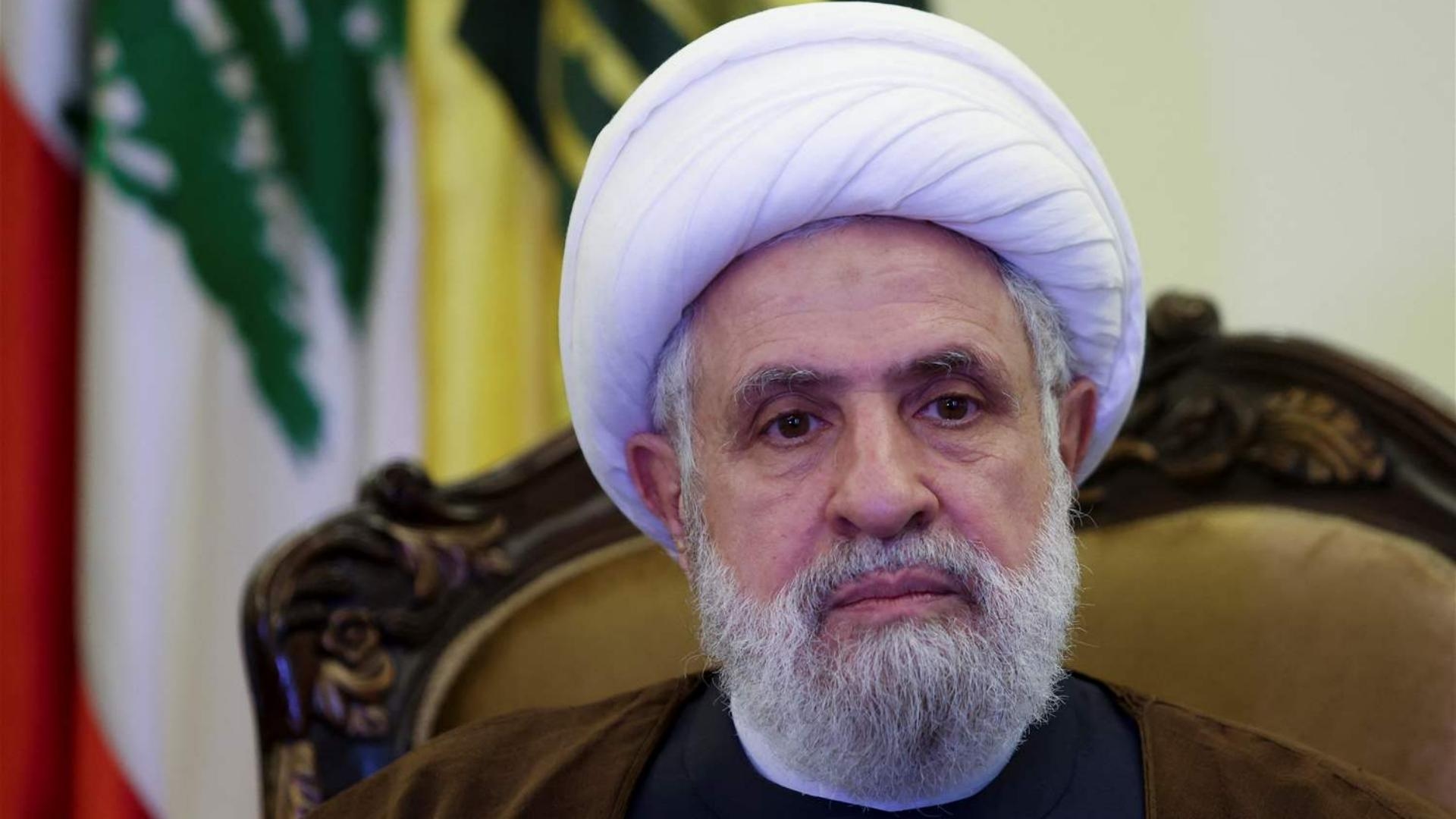New York Times daily has published a report entitled "Imagining a Remapped Middle East", where it mentioned that, "The map of the modern Middle East, a political and economic pivot in the international order, is in tatters. Syria's ruinous war is the turning point. But the centrifugal forces of rival beliefs, tribes and ethnicities are also pulling apart the region
A different map would be a strategic game changer for just about everybody, potentially reconfiguring alliances, security challenges, trade and energy flows for much of the world, too.
Syria's prime location and muscle make it the strategic center of the Middle East. But it is a complex country, rich in religious and ethnic variety, and therefore fragile.
A different future is taking shape: a narrow statelet along a corridor from the south through Damascus, Homs and Hama to the northern Mediterranean coast controlled by the Assads' minority Alawite sect. In the north, a small Kurdistan, largely autonomous since mid-2012. The biggest chunk is the Sunni-dominated heartland.
Over time, Iraq's Sunni minority - notably in western Anbar Province, site of anti-government protests - may feel more commonality with eastern Syria's Sunni majority. Tribal ties and smuggling span the border. Together, they could form a de facto or formal Sunnistan. Iraq's south would effectively become Shiitestan, although separation is not likely to be that neat.
According to the report, Saudi Arabia can be divided into 5 statelet since there are internal, sectarian, tribal divisions. Therefore there will Northern , Eastern , Western , Southern Saudi and a Wahabi state.
Yemen can be divides into northern Yemen and Southern Yemen and a part of South Yemen's eventually merging with Saudi Arabia.
So Libya could devolve into two or even three pieces; Tripoli, Barka and one statelet in southwestern Libya.









